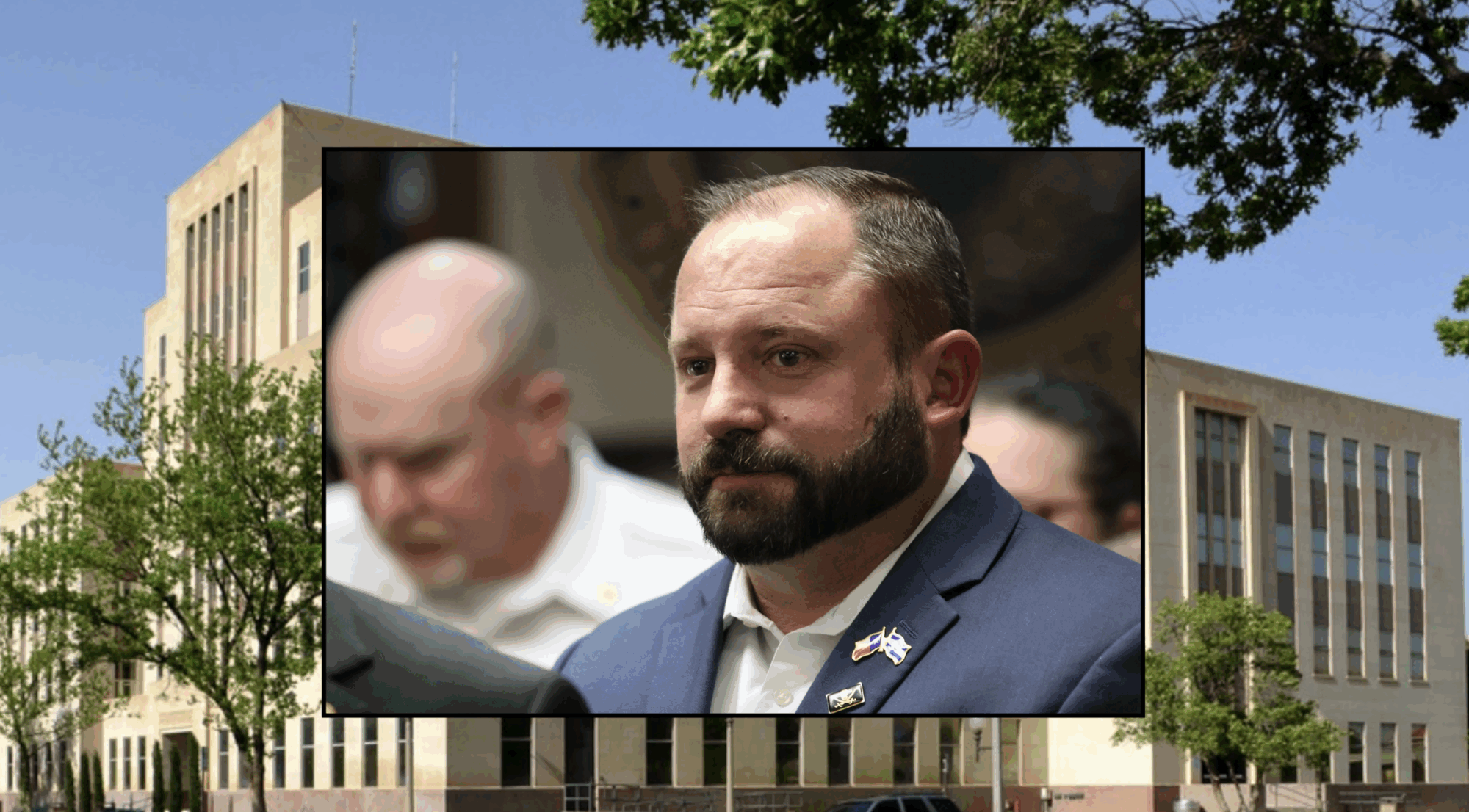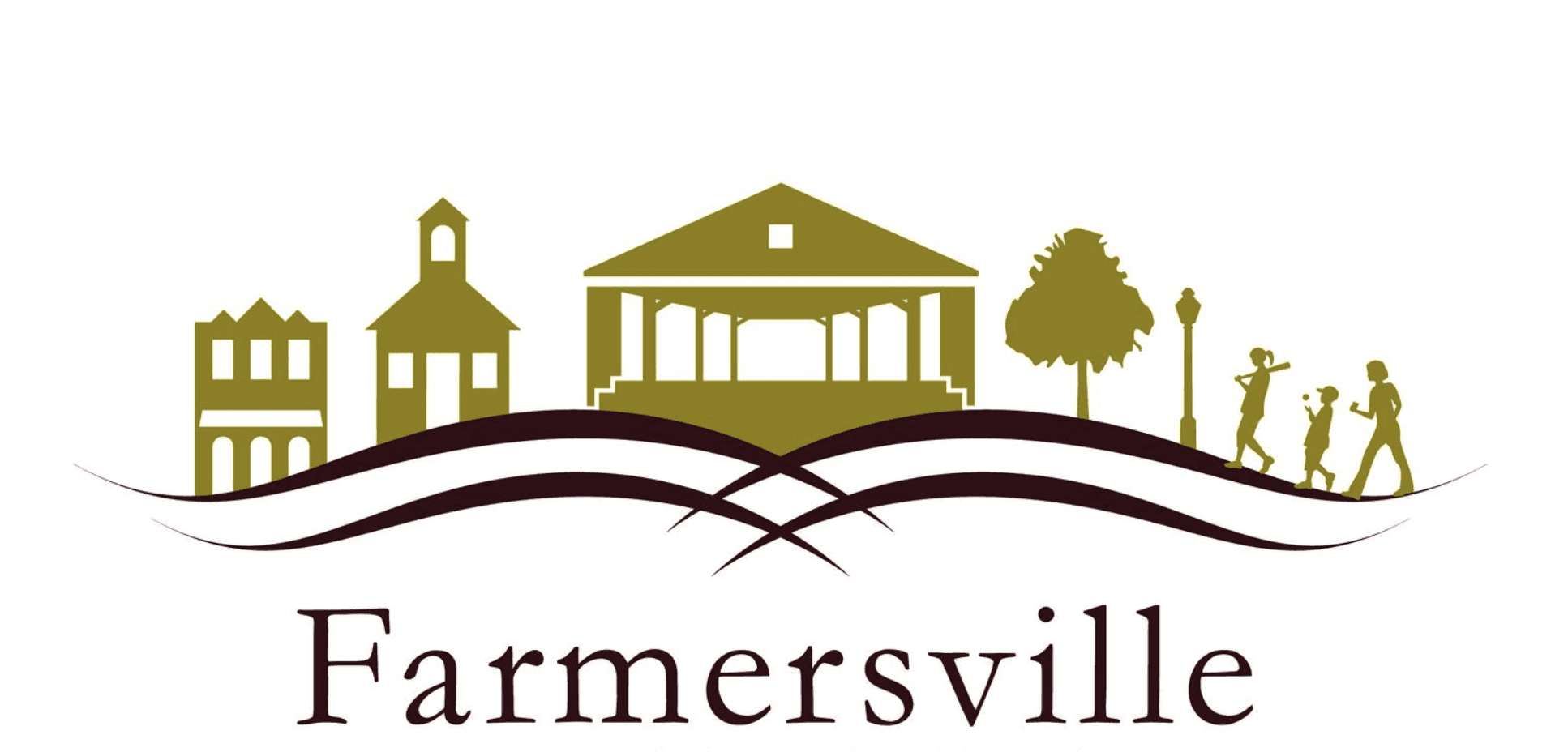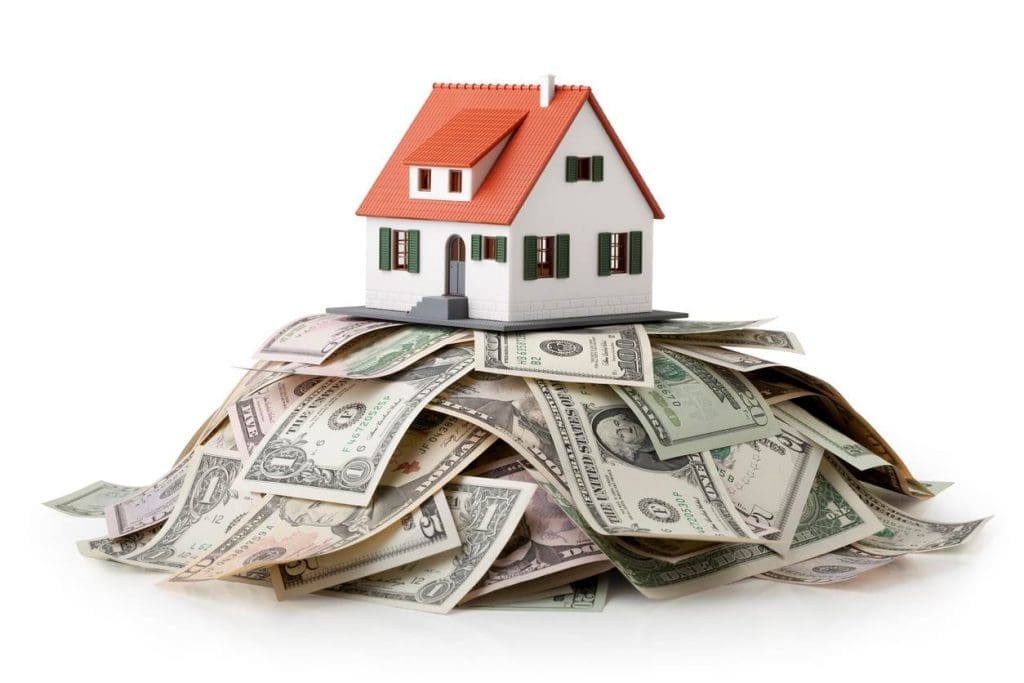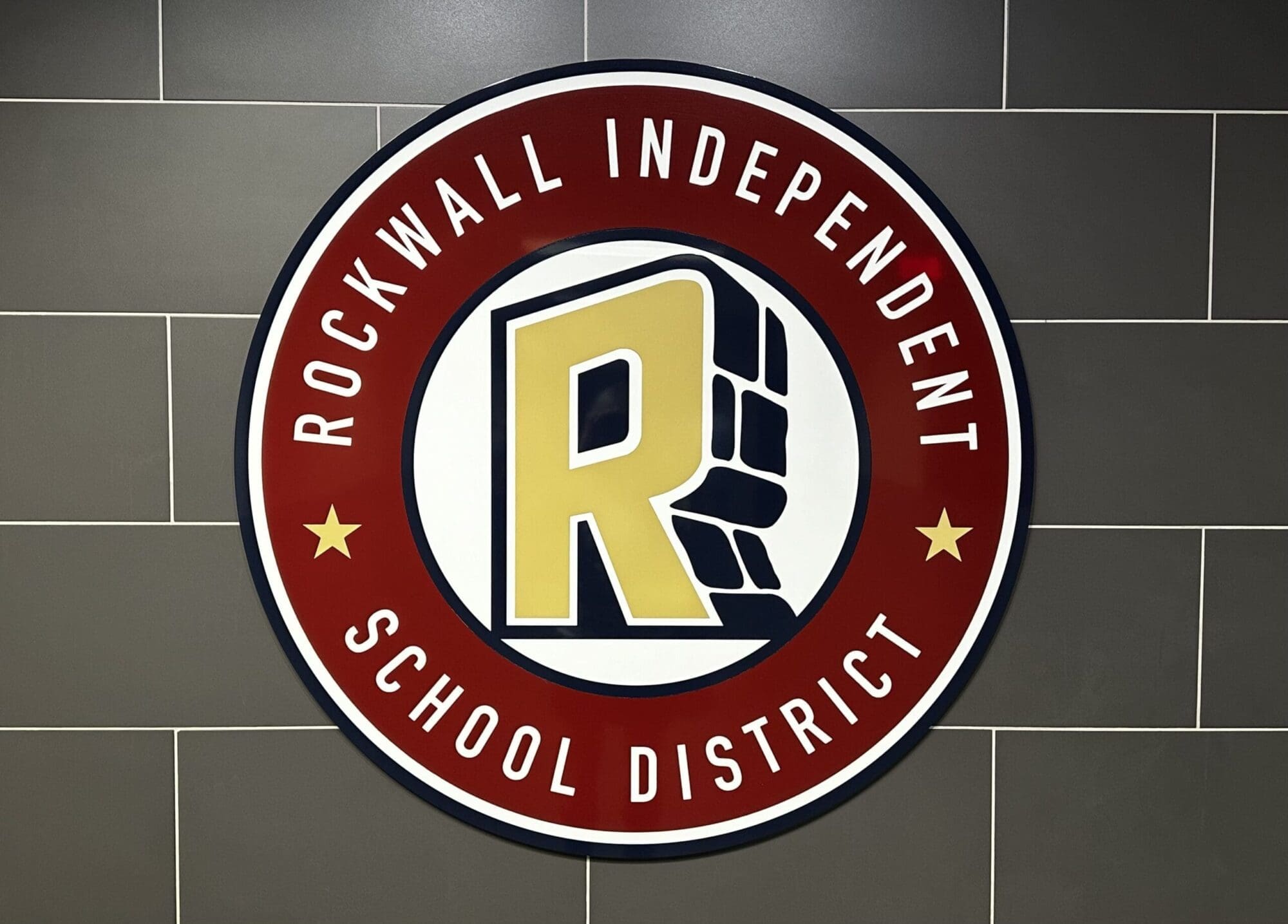Texans are being crushed by rising property taxes, but a conservative think tank has a plan to eliminate most property taxes—something Republican primary voters will weigh in on next month.
A panel of experts talked about reducing the burden on overtaxed Texans at the Texas Public Policy Foundation’s 2022 Policy Orientation, held last week in the state’s capital city of Austin.
“We have a property tax problem in the Lone Star State,” said moderator James Quintero, a policy director at TPPF who specializes in government spending, taxes, and debt.
Quintero said property taxes are skyrocketing, up 70 percent since 2017 for the average homeowner in Travis County, where Austin is located.
Statewide, property taxes have gone up 181 percent over the last 20 years, while population plus inflation has gone up 100 percent, according to panelist Vance Ginn, TPPF’s chief economist.
A lot of the increase has been driven by local government debt, which Quintero said has grown to a staggering $390 billion.
But Quintero said statistics don’t show the real property tax problem.
“There are real people who are behind all of this,” he said.
Three-quarters of Texans say property taxes are a major burden for their families. Some are being taxed out of their homes.
Property taxes are also one of the highest costs businesses face when moving to Texas, according to the panel.
Quintero said he hopes to “get everybody on the same page in terms of property tax solutions” for lawmakers to consider during the 2023 legislative session, adding he’s “very optimistic.”
“Conservatives are definitely going to be in the driver’s seat this time next year when it comes to property tax reform,” he said.
Property taxes are driven by local government spending. The biggest chunk of Texans’ annual property tax payment goes to school districts; the rest is eaten up by cities, counties, and special districts.
“Spending is the problem,” said Ginn. “We don’t have a revenue problem.”
That’s why TPPF’s proposed solution starts with limiting spending.
Lower Taxes, Better Texas
Ginn and Quintero are co-authors of TPPF’s Lower Taxes, Better Texas plan to phase out most property taxes by 2033 and replace them with a combination of surplus state revenues and sales taxes.
The plan has three parts: Lower state spending to create budget surpluses, use state surpluses to lower local school taxes, and redesign Texas’ tax code so local governments are funded primarily by sales taxes.
Ginn said it can’t happen overnight, but he’s on a “crusade” to figure out the best way to give Texans the peace of mind that comes with owning their own homes instead of renting them from the government.
“The Texas model is one of lower taxes, no personal income tax, lower government spending, and sensible regulation that allows for more economic growth, job creation, and people to flourish,” he said. “I would get rid of all other taxes and fees except for the sales tax.”
Panelist and Texas Association of Business CEO Glenn Hamer said last session’s spending control legislation is a key part of the picture.
In 2021, the Texas Legislature passed a new state spending limit based on population growth plus inflation—the first step in the TPPF strategy to phase out property taxes.
Under TPPF’s plan, surplus state revenue above the new spending cap would then be used to reduce local school maintenance and operations (M&O) taxes, which are essentially statewide property taxes.
Over time, school operations would be funded by state-generated revenue instead of local districts.
“I think it’s time to push it back [to the state],” Ginn said. “The issue with that is it will take 20 to 30 years.”
But the Republican-controlled Legislature failed to pass a school M&O buy-down measure that would’ve given Texans permanent property tax relief while still fully funding schools.
Lawmakers also failed to approve a study to redesign Texas’ tax code, the final step in TPPF’s plan.
Ginn said broadening the sales tax base would further enable local governments to phase out property taxes and transition to funding more operations with sales taxes.
“We exempt $42 billion worth of goods and services in the state,” he said. “If you broaden the sales tax base, we could actually have a lower sales tax rate … and eliminate the $30 billion a year that’s being collected in school M&O property taxes.”
He also recommended setting spending limits at the local level:
“By limiting spending—lower spending, lower taxes, and lower burdens—we could have a much more prosperous Texas.”
Forecasting for 2023, Hamer said he expects to see more property tax relief for homeowners, especially those in danger of being priced out of their homes, as well as reduced tax burdens for small businesses.
He also said Texas needs to “do something for high-capital investment,” presumably a reference to the Chapter 313 corporate welfare program set to expire at the end of 2022. Last year, lawmakers chose not to renew the program that allows school districts to give businesses large property tax breaks and recover the lost tax revenue from the state.
“We’re looking for a win-win-win,” he said.
Ginn said property tax reforms passed in 2019 were important legislative steps to limit property tax increases and give local taxpayers more of a voice.
“But we’re still having these issues,” he said. “We need to not just slow the growth of property taxes, but lower them.”
Republican primary voters will have a chance to weigh in with a non-binding proposition on their March 1 ballot, which will ask if they want to “eliminate all property taxes within ten (10) years without implementing a state income tax.”
It will likely take more than 10 years, but if the TPPF plan is fully implemented, Texans can eliminate their property tax problem.
Videos of all the 2022 Policy Orientation panels can be viewed on TPPF’s YouTube page.




